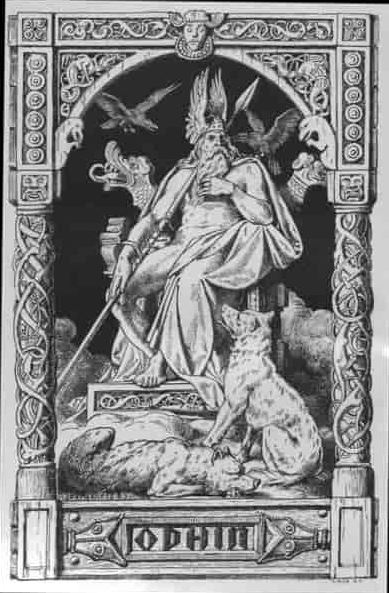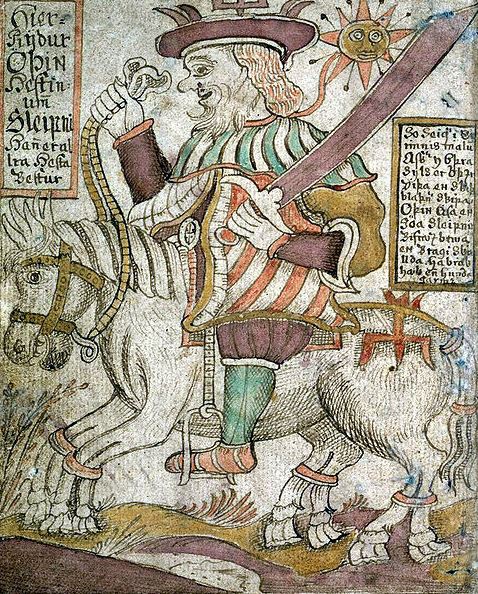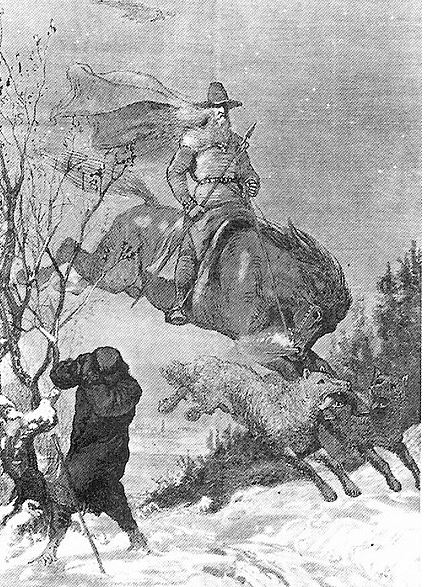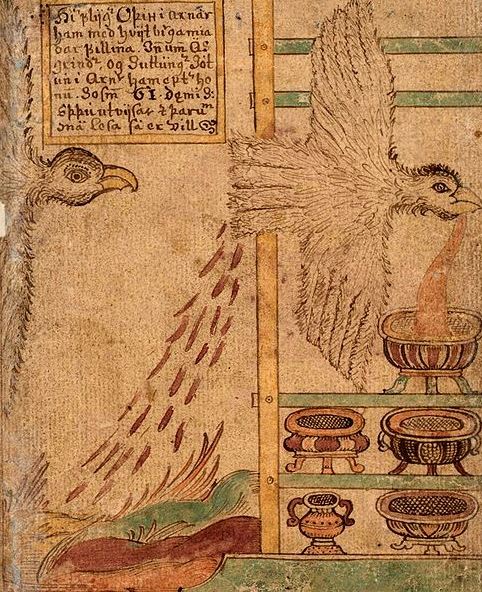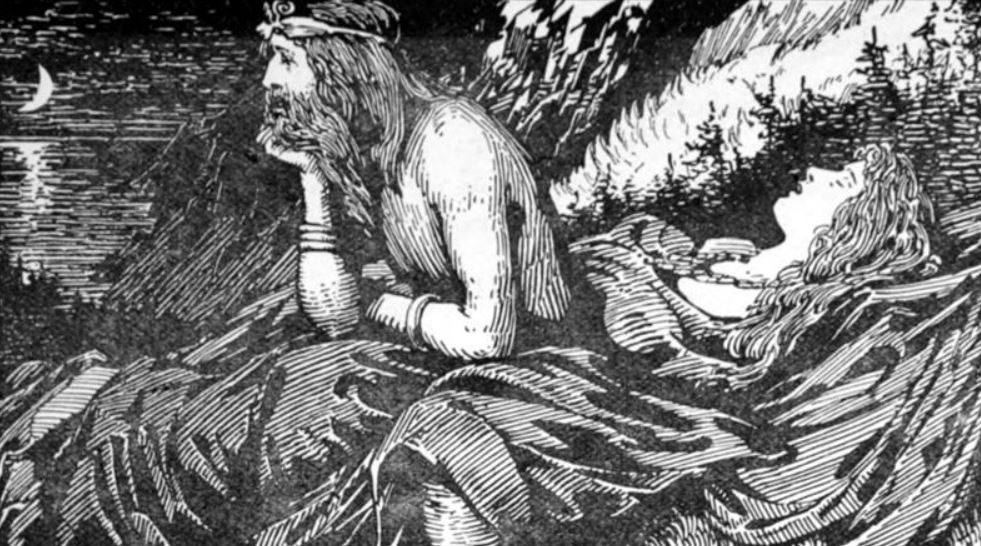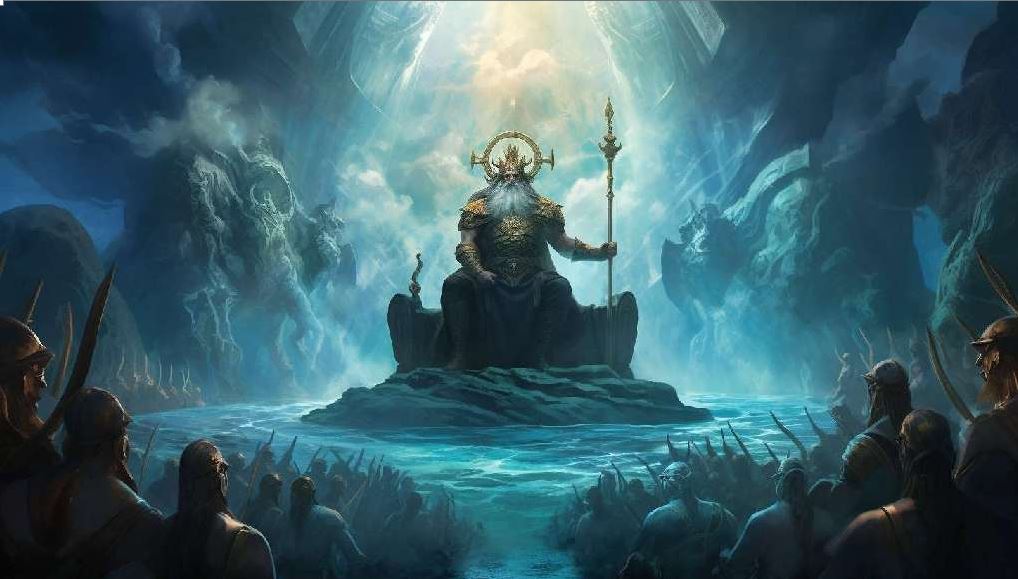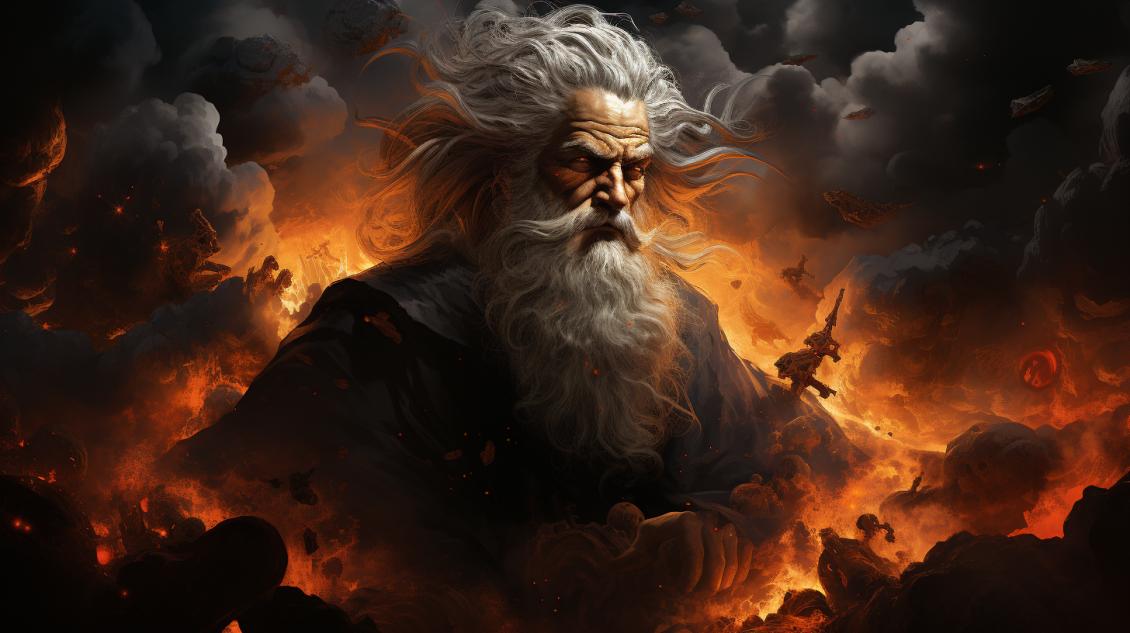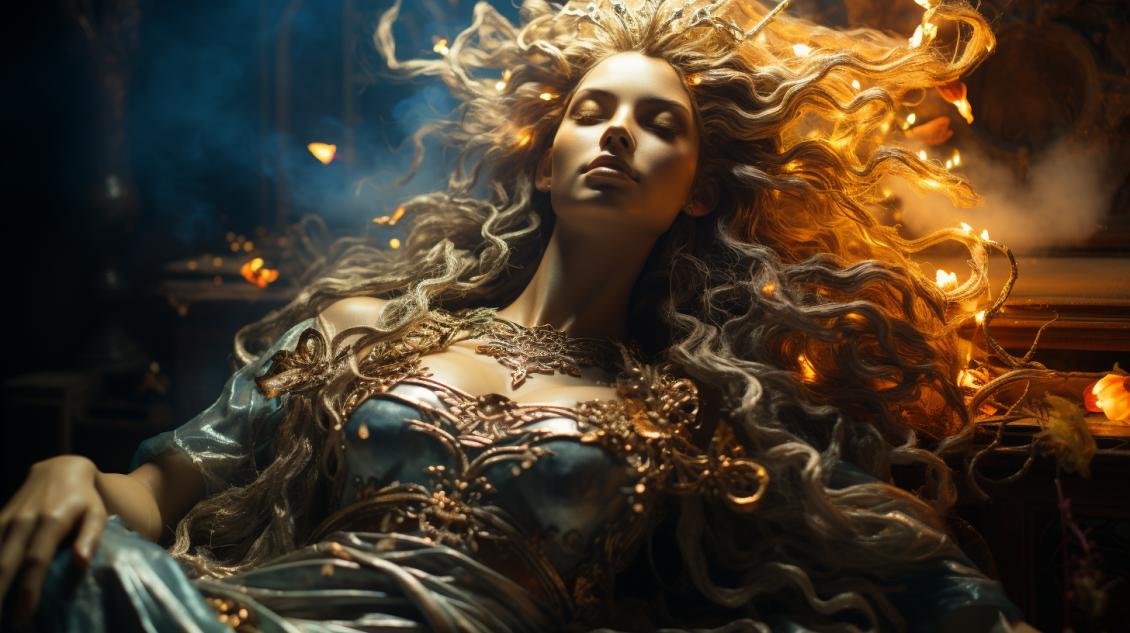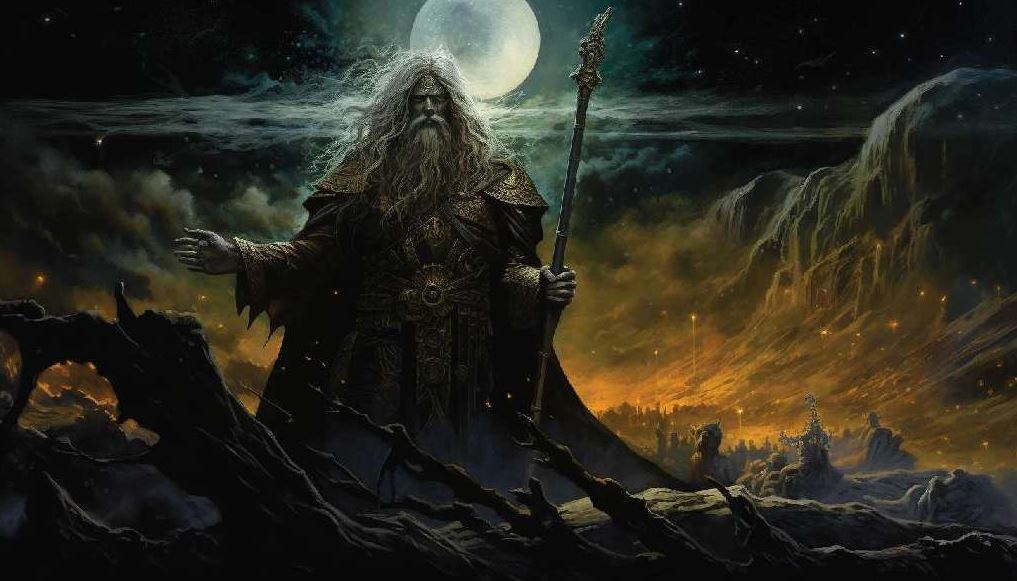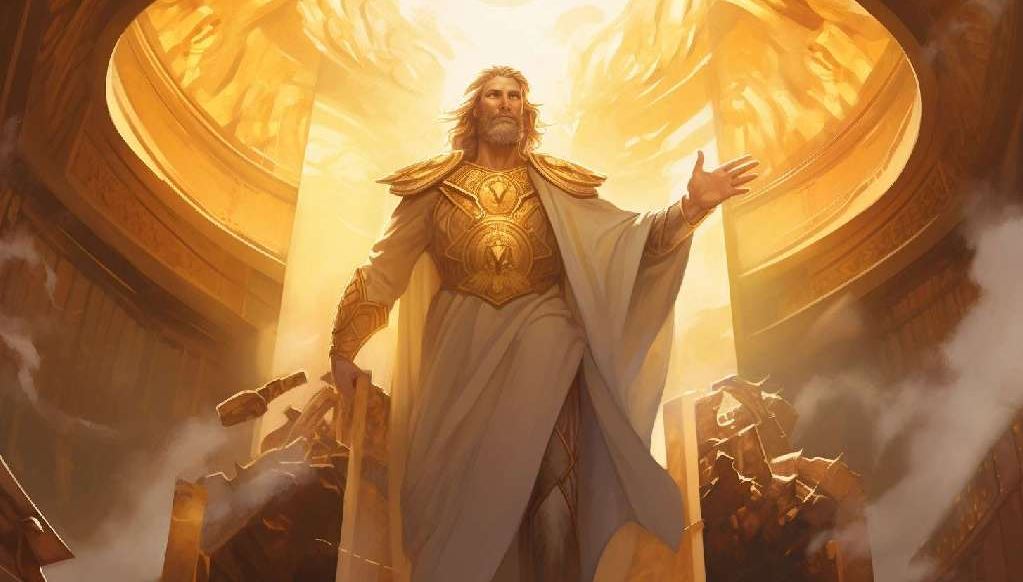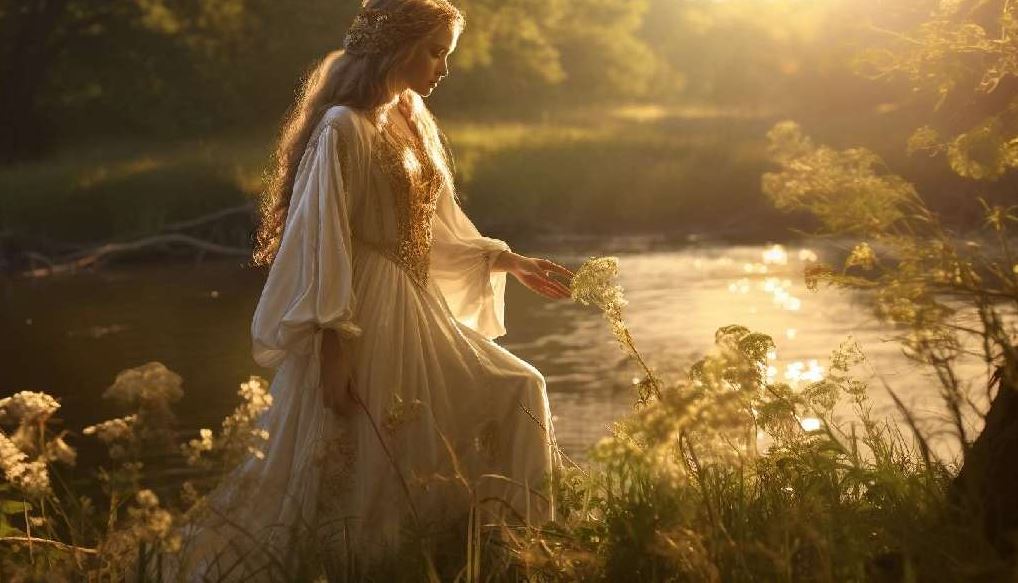Norse God Odin, The All-Father and God of Wisdom
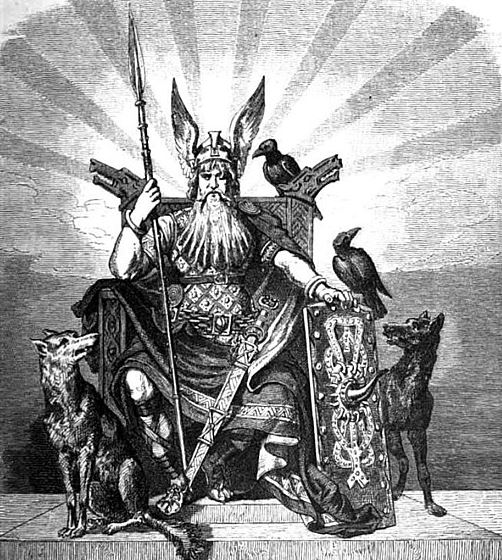
The Norse god Odin was one of the main deities in the pantheon of the Norse religion. He was thought to have many attributes and competencies, being associated with war, poetry, healing, royalty, knowledge, writing, and more.
One of the principal features of the Norse god Odin was his continuing struggle to obtain more wisdom and knowledge: a Norse myth even states that he gave one of his eyes in exchange for them.
Though he was a generally positive figure in Norse mythology, his character possessed a certain ambiguity. For example, he was considered to be the protector of outlaws, besides kings and rulers.
What was Odin the god of?
The Norse god Odin was considered to be the god of many things, but his most important attribute was being the god of wisdom.
One of the pictures of Odin the Viking god
The Norse god Odin was also linked to the world of the dead. More precisely, he was said to be the lord of Valhalla, one of the afterworlds of Norse mythology.
Valhalla was indeed the bright hall of Odin, to which he led half of all the valuable warriors killed in battle.
There, these heroes would have been celebrated while waiting to join Odin the Viking god in the Ragnarok, the final, terrible battle between the forces of Good, impersonated by Odin and the other positive gods, and the forces of Evil, led by the betrayer god Loki, by the monstrous wolf Fenrir and by the abominable snake Jormungand.
According to the prophecy, Odin will face Fenrir together with the fierce warriors he will have chosen throughout the centuries but to no avail. Fenrir, in fact, will manage to devour Odin but will be in its turn killed by his son Vidar.
Norse god Odin: Origin of his Name
It seems that the Old Norse name “Odinn” comes from the proto-germanic word “Wodanaz”, which in turn would be composed of the adjective “wodaz”, which means “delirious”, and of the suffix “-naz”, which signifies “master of”.
According to this interpretation, the name Odin meaning would therefore mean “lord, master of delirious people”.
Images of odin the viking god
History of the Norse god Odin and Most Important Myths Related to Him
Odin was the son of Borr, who in turn was the son of the primordial deity Bri, and of Bestla, who was a jotunn.
These were mysterious creatures, referred to by Norse mythology with contradictory terms: sometimes they were astonishingly beautiful, sometimes had grotesque features, other times they were said to be giants.
Anyway, the fact that the Norse god Odin descended from Bestla seems to have had its importance, since he was often called “Bestla’s son”.
Odin the Viking god had two brothers, Vili and Ve, and many sons. Among them, the most notable were surely Thor, whom he had from Jord, the goddess of earth, and Balder, who was mothered by Odin’s wife, the goddess of marriage and motherhood Frigg.
Pictures of Odin the Viking god hunting
As we said in the introduction, most myths regarding the Norse god Odin underline his unquenchable thirst for knowledge and wisdom. One of the most famous is the one that explains how Odin gained his immense poetic ability.
Let’s see it in detail.
The Norse god Odin and the Mead of Poetry
Norse gods were divided into tribes. Two of the most important among them were the Vanirs and the Aesirs. They were told to have fought for a long time. At last, they declared peace and sealed it by spitting into a vat.
From these fluids a human-like creature was formed: his name was Kvasir, and he was in possession of all the knowledge of the gods who had given him birth so that he was almost omniscient.
He began wandering the earth helping the people he met with his wisdom. Unfortunately, one day he encountered the vicious dwarves Fjalar and Galar, who killed him, drained his blood, mixed it with honey, and brewed it to produce mead.
The liquid so obtained was able to give the gift of poetry to those who drank it. The dwarves were eventually forced to give the mead to the giant Suttung, who hid it below a mountain and appointed his daughter Gunnlod as its guard.
Obviously, the Norse god Odin immediately started to think of a way to have it. He disguised himself as a wanderer and reached some workers of Suttung’s brother, Baugi, in a field.
After having made their scythes incredibly sharp with a whetstone, he let them fight one against the other to have it until they all died. He then went to Baugi and said that he could replace them, despite being alone, in exchange for a sip of Suttung’s mead.
Baugi said that if Odin would have actually finished the work properly he would have helped him to obtain what he wanted. The Norse god Odin was able to properly handle the job, so Baugi accompanied him to Suttung to ask for the mead.
Suttung refused, so Baugi had to help the god Odin to steal it. Odin asked him to drill a hole in the mountain under which the mead was kept. The hole produced by Baugi was very narrow, but Odin was able to pass through it in the form of a snake.
Once inside, he transformed into a handsome man and seduced Gunnlod. He agreed to sleep with her for three nights, making her promise that for each of them, he would have been allowed to drink a sip from the mead.
Three sips were actually enough for the Norse god Odin to completely dry Suttung’s reserve. Odin, therefore, took the form of an eagle and flew back to Asgard, the house of the Aesirs, where he regurgitated the mead.
Pictures of Odin the Viking god stealing the mead in the form of an eagle
In the process, some drops fell to Midgard, the land inhabited by humans: some of these were then able to drink them, becoming mediocre poets. Great bards, in fact, are only those who have drunk from Odin’s cup directly and with his permission.
Viking god Odin powers Norse mythology
As we have seen, the Norse god Odin was in possession of magical powers, like the ability to transform, and was always willing to become more powerful performing rituals.
The ritual of the runes: Odin hanging from Yggdrasil
It was told that after one of these rites, during which he had to sacrifice himself on the world’s tree Yggdrasil for nine days and nine nights, he acquired the power of the runes, which was indeed the strongest.
The myth of Odin hanging from Yggdrasil, the world tree
The runes, in fact, were the alphabet of the Norse, using which they could cast spells. Thanks to the knowledge of the runes, therefore, the Norse god Odin became capable of healing, protecting, binding, freeing, seducing, and even resuscitating the dead.
One of the runes of the Norse god Odin
Norse god Odin symbols and Their Meanings
One of Odin’s main symbols was the raven. Let’s see its meaning in detail.
Norse god Odin symbol: The Raven
Odin was said to have many animals as companions. Two of them, Huginn and Muninn, were ravens. It was thought that they constantly flew across the land of the humans, Midgard, to collect information to share with Odin the Viking god.
The raven, therefore, might have been a symbol of Odin’s knowledge.
Odin the Viking god with his ravens
Additional Facts about the origin and history of Odin
Odin was such a popular figure in Norse and Germanic culture that his name was even used to refer to one of the days of the week.
The word “Wednesday”, in fact, seems to come from the Old English word “Wodnesdaeg”, which meant “the day of Woden”, and “Woden” was the name of Odin in Old English.

